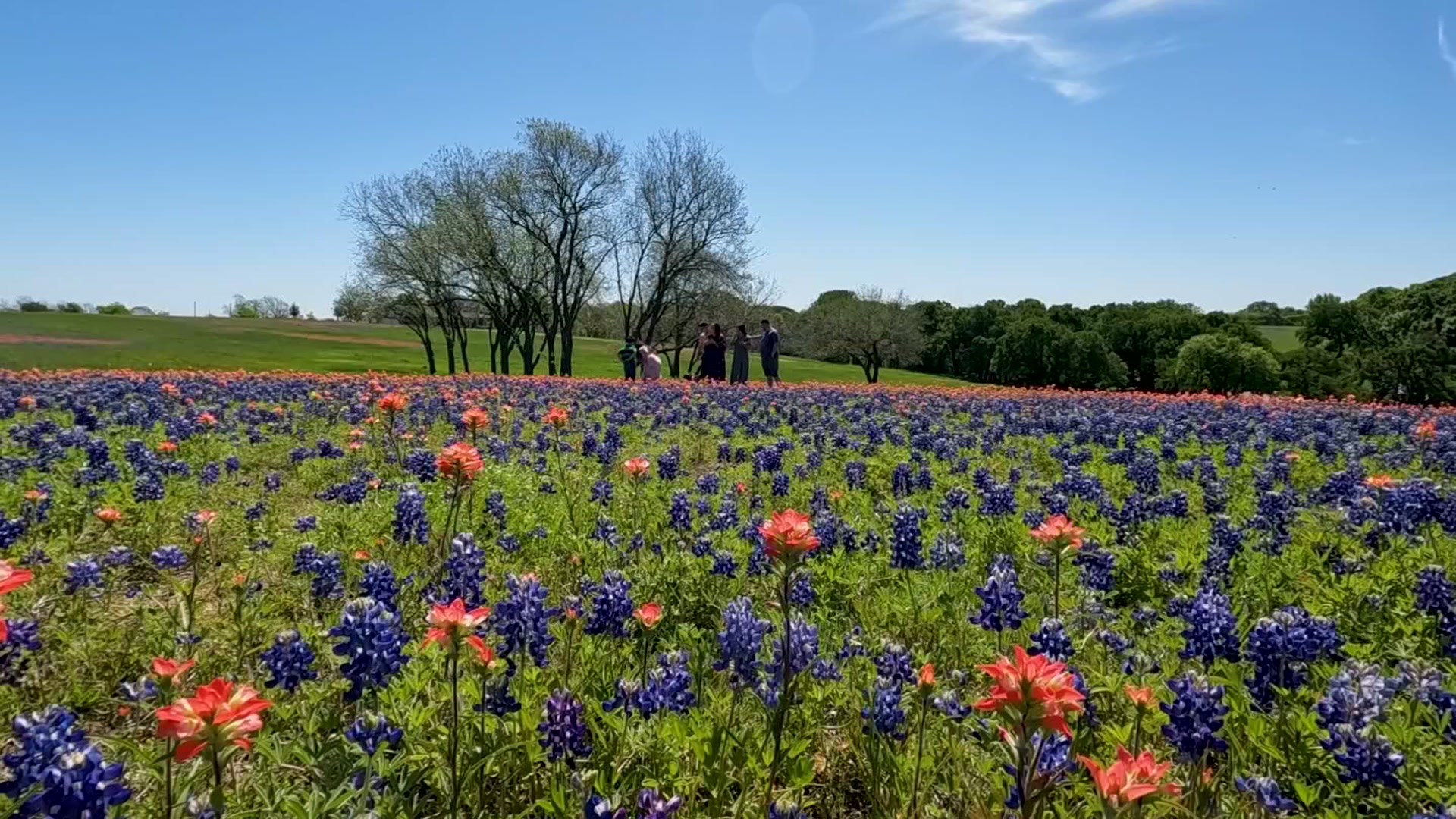On a steamy Friday afternoon, dozens of athletes sweat under the sun in south Oak Cliff. This is the Paul Quinn College Tigers' first soccer season.
"Being able to be a part of that milestone really encourages to come here and choose Paul Quinn," said student athlete Lindsay Hidalgo.
"Our ethos is 'We over me.'," said student athlete Alan Vieyra. "That really takes an effect with all the students."
Founded in 1872 by black preachers, Paul Quinn College is older than both Texas Christian University (founded in 1873) and Southern Methodist University (founded in 1911). It moved from Waco to Dallas in 1990.
Michael Sorrell is the current president. When he took over, the school was drowning in debt. Its accreditation was in jeopardy but the school never lost it.
In eight years, Sorrell brought down 15 abandoned buildings and budget deficits.
"The narrative of a struggling institution no longer exists," said Sorrell. "We're at a point now, the last three years, we've posted a high six figure or seven figure surpluses. Our student body has grown over 55 percent in the last year."
Local
The latest news from around North Texas.
"We're going to build a brand-new dormitory and we're going to pay for that dormitory in cash," said Sorrell.
But the financial changes are not limited to the administration. This fall, all 425 students must work at least ten hours a week in a work-study program. The money goes directly to pay off tuition.
"We are becoming the country's first urban work college," said Sorrell. "There's seven other work colleges in the United States but all seven of them are in rural locations. We're the first one in the inner city."
Paul Quinn also lowered tuition by $10,000. "So now instead of costing $23,850 to go to school, the cost to attend Paul Quinn College total is $14,275," said Sorrell.
Additionally, students are no longer required to buy expensive textbooks. Sorrell said this made an incredible difference at the school, where 85 percent of students are eligible for Pell Grants.
"Over 70 percent of them [Paul Quinn College students] have zero expected family contributions," said Sorrell. "That means there's no one in their families that can give them any money to help them manage the cost of college. When you come from that background, every dollar matters, there's no throwaway money."
Sorrell said he remembers a time when students were choosing textbooks over survival needs.
"We had students that weren't buying the books they needed for classes," said Sorrell. "[It] wasn't because they didn't want to buy the books, [it] wasn't because they didn't care about life. It was because they had to make a choice between do I eat, does my family pay their rent or do I buy a textbook?"
Sorrell said the professors now use open source materials, including online sources to supplement the textbooks.
Undergraduates said this is another way their school is unique. Freshman Brielle Ware hails from Inglewood, California. The accounting major works as a secretary in the administration offices to pay down her tuition.
"They want to help you," said Ware. "I have people supporting me and they want me to succeed instead of not doing anything with my life."
Paul Quinn College sophomore Ryan Abrams is a communications major. He grew up in Dallas and originally wanted to attend a large college like Oklahoma University. His work-study program is centered around an internship with the Dallas Leadership Foundation.
"Makes me feel better knowing that not only my college's been paid for but I'm doing it in a way that better's myself. It's a win-win," said Abrams. "It really requires you to take the initiative and be a mature person about it. You're not only representing yourself, you're representing your college."
"I don't have any friends that go to different colleges that do anything that I do," said Abrams.
One place students can put in hours is the well known "We over Me" school farm. It has produced 25 tons of crops since 2010. Some of the food is sold to people in local neighborhoods. Paul Quinn College sits in a part of Dallas known as a "food desert." Residents must travel many miles to find grocery stores with fresh fruit and vegetables.
Restaurants at AT&T stadium also cook meals with vegetables grown at the farm.
"It's unusual, the Dallas Cowboys, America's football team, has partnered with a school that turned the football field into a farm," said Sorrell.
Although the finances at the college are better, do not look for the return of football.
"The needs of the community supersede the wants of the individual," said Sorrell. "Football was an individual want. That field was used — game day six days a year — while the community was in a food desert. How selfish can you be?"
While football is in the past, soccer is in the present and future.The latter sport appeals to the Hispanic student athletes. Latinos make up 17 percent of the student body at the historically black college. White students are 3 percent.
"I like it because everyone's like family and everyone helps each other out," said Alan Vieyra. "You really get to find yourself here. The team is growing, all the team is growing. And the school's growing itself so really there's new opportunities here."
"It wasn't for Paul Quinn, I'd probably just be going to school and I maybe wouldn't be as motivated as I am now because I do have soccer to play for," said fellow athlete Lindsay Hidalgo.
Next year, the school will add a lacrosse team. Students came up with plans for both sports.
"You should leave the communities improved," said Sorrell. "You should leave your students improved. This is what urban colleges should be doing."



